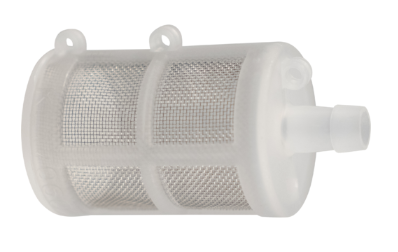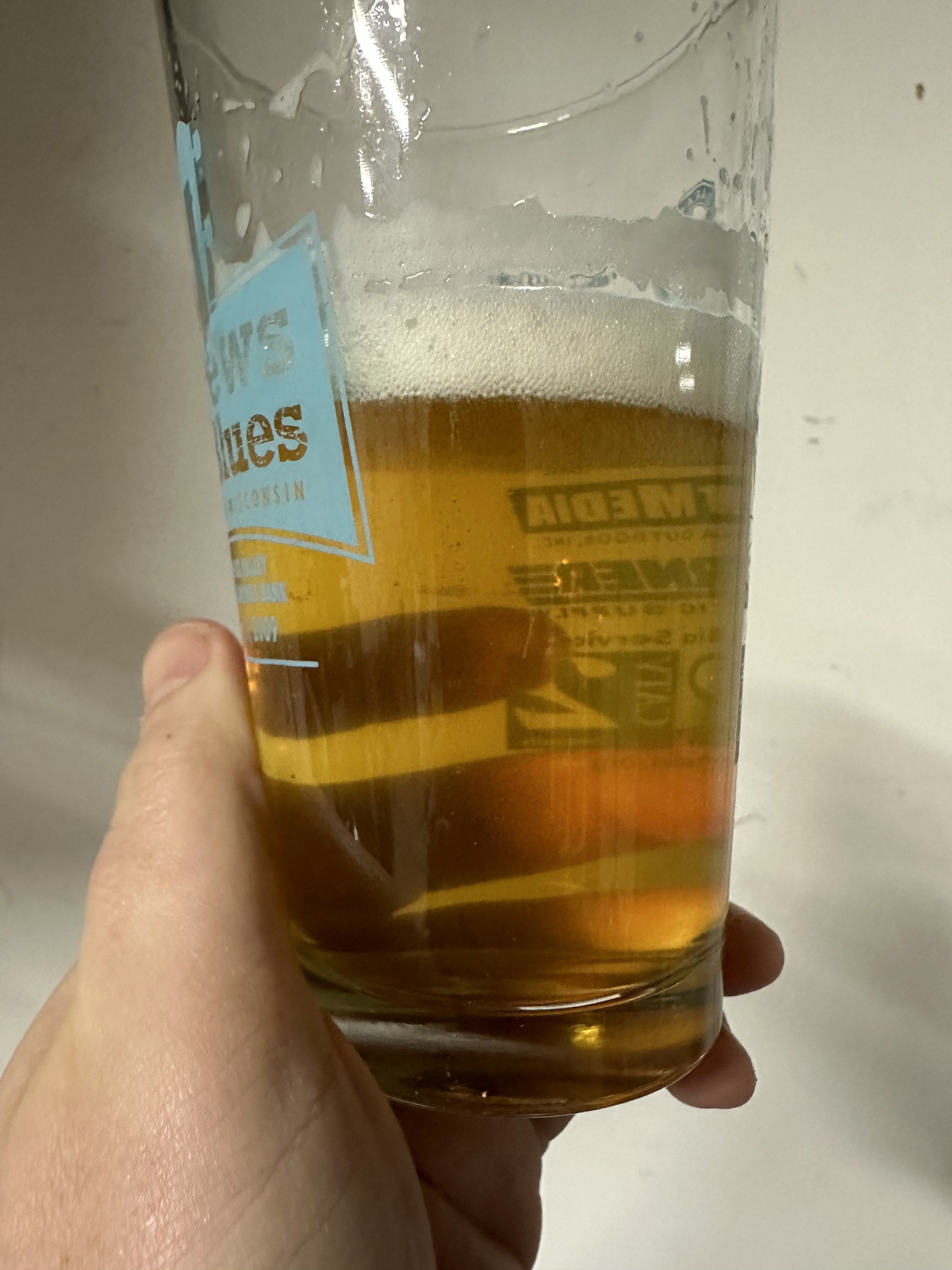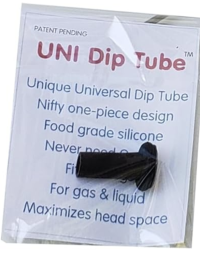- Joined
- Feb 16, 2012
- Messages
- 3,355
- Reaction score
- 4,220
- Location
- Either in the brewery or on the road
So a week or two ago I was wasting some time and money (a common theme for me) scouring the inter webs for more 'useful stuff' that I've never had but surely do need. I'd read about Flotit on this forum and other sites, so when I happened upon it, I pulled the trigger, along with some other random product I hadn't intended to buy but which was guaranteed to change my life. Fast forward to today.
I unboxed the device and gave it a cursory once-over look. I've used floating dip tubes for a couple of years, both prefabricated as well as DIY. They seem to work "O.K.", and are probably are worth the added hassle of installation and more thorough sanitation. But is the Flotit with filters the game changing improvement over the other floating diptubes that the maker claims? Let me state from the outset that I'm a fanboy of clear beer. Sparkling lagers and clear ales are my jam, plain and simple. In the Time-Before-Floating-Diptubes I would relegate my brews to extended cold crashing and accept the half-dozen or so dumped pints of sacrifice to the Gods of Clarity. Later I decided that life's too short and beer's too precious to waste, so I started using floating diptubes.
TL,DR; The question is: "Is the Flotit a quantum improvement over 1st Gen 'floaters'? Are there any insider tips about routine usage and cleaning? Is the filtration effective and useful in fresh batches, or is it a marginal gimmick? Am I just overthinking this whole thing, and should just use it? Asking for a friend.
I unboxed the device and gave it a cursory once-over look. I've used floating dip tubes for a couple of years, both prefabricated as well as DIY. They seem to work "O.K.", and are probably are worth the added hassle of installation and more thorough sanitation. But is the Flotit with filters the game changing improvement over the other floating diptubes that the maker claims? Let me state from the outset that I'm a fanboy of clear beer. Sparkling lagers and clear ales are my jam, plain and simple. In the Time-Before-Floating-Diptubes I would relegate my brews to extended cold crashing and accept the half-dozen or so dumped pints of sacrifice to the Gods of Clarity. Later I decided that life's too short and beer's too precious to waste, so I started using floating diptubes.
TL,DR; The question is: "Is the Flotit a quantum improvement over 1st Gen 'floaters'? Are there any insider tips about routine usage and cleaning? Is the filtration effective and useful in fresh batches, or is it a marginal gimmick? Am I just overthinking this whole thing, and should just use it? Asking for a friend.





